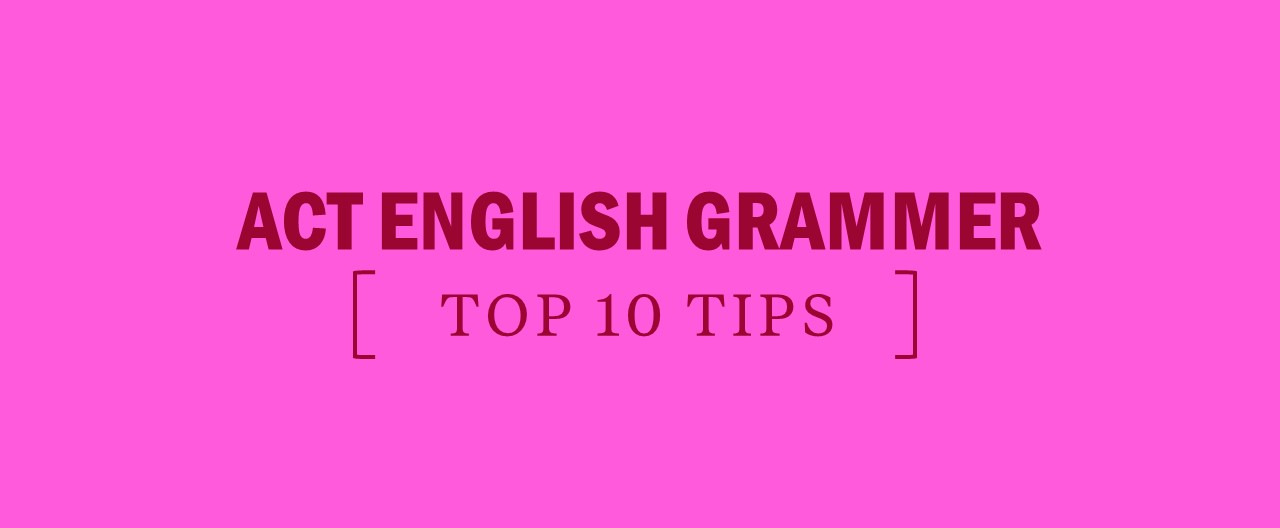ACT English: Organization of Ideas
You’ve probably read this comment from your English teacher at least once in your educational career: “Interesting ideas, but lacks organization.” Well-executed prose, flowery descriptions, and complex, original theses will only get you so far. You have to help your reader along your argument by organizing your writing. On the ACT English, you’ll be asked to identify and fix the organization errors in a sample composition–that’s right, it’s your turn to play teacher.
Organization questions are divided into three types: sentence organization, paragraph organization, and passage organization. Just as expected, the larger the section of text you have to reorganize, the more information you have to understand. Sentence organization problems are essentially syntax questions disguised as rhetorical skills while passage organization problems require a thorough knowledge of the author’s argument and each paragraph’s function.
This is how a typical sentence organization question will look. Again, the question seems to ask about organization, but really tests us on fundamental principles of sentence structure. The problem with the sentence as it stands is that the modifier “hindered by a sprained ankle” does not modify John as it should. In its current placement, it seems that John will only be proud of his feat while he is hindered by a sprained ankle, which doesn’t make any sense. I want to place the underlined portion so that it modifies John. I can either place it before or after John; C gives me the choice to place it after John, so C is the best answer.
Each number signifies a specific sentence in the paragraph, and you must decide which order of sentences makes the most sense. First, I notice that the second sentence makes a good topic sentence because it introduces both independent and dependent clauses; it seems that the other two sentences describe what is introduced in this sentence. Knowing that sentence 2 should begin my paragraph, I can eliminate A and C. Next, I notice that sentence 1 uses the contradictory transition “on the other hand;” in order to use that phrase effectively, the sentence would have to follow a sentence that it could contradict. So, sentence 1 should go after sentence 3. My answer is D.
The task here is simply to find the paragraph in the passage that mentions how Christie’s novels draw on locations where she lived. I scan the passage once again and find this paragraph:
“In 1930, Christie married archeologist Sir Max Mallowan and traveled with him to digs in the Middle East. While there, she spent a lot of time writing. Desert settings and archaeological sites appear in many of her novels, including Murder in Mesopotamia and They Came to Baghdad.”
Paragraph 4 describes how Christie’s novels were inspired by the geography of the Middle East, where she had traveled. Our sentence would go perfectly at the end of this paragraph.
An effective strategy for passage organization is quickly skimming the passage and identifying the function of each paragraph; once you identify the main purpose and function of each paragraph, placing a sentence will be simpler.

